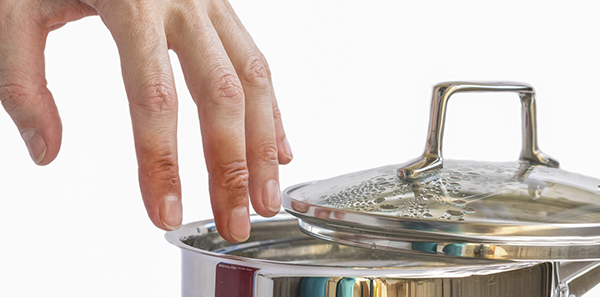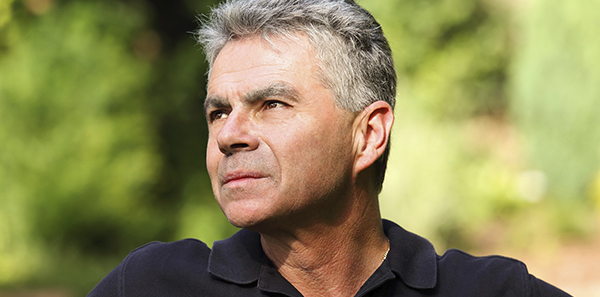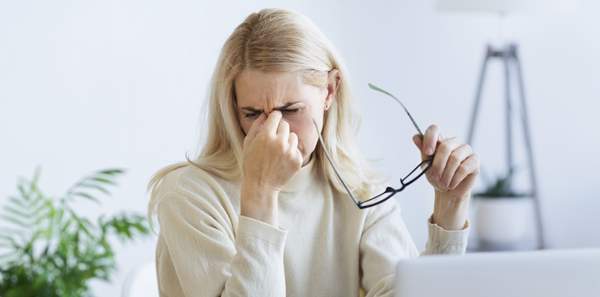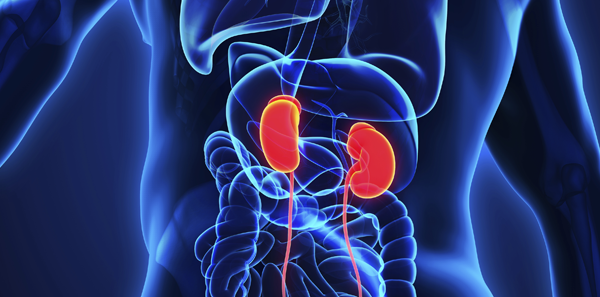
These are injuries to the tissues that are caused by heat, cold or by chemical or electrical agents. Burns are a fairly common type of injury, particularly in the home. They often have serious functional or aesthetic sequelae (scars) which can be difficult to treat.
Every day, we unconsciously expose ourselves to different sources of heat which often cause burns (cookers, flames, irons, cooking pots, frying pans, frying oil, boiling water, etc.), not to mention contact with electrical appliances and chemical products used to clean our houses.The skin is made up of three levels, the epidermis (the surface), the dermis, which contains the sebaceous and sweat glands, and the hypodermis (the innermost layer where the blood vessels and nerve endings are found).
The seriousness of a wound depends primarily on its size and depth. There are other factors involved, such as age, exposure time, the agent responsible and the location of the injury.
We classify these injuries according to their depth.
- The most superficial type that only affect the epidermis are characterised by reddening of the skin (erythema). These are called first degree burns.
- Second degree burns affect the epidermis and the dermis and are characterised by the appearance of blisters (they contain white blood cells). These should never be burst.
- The most serious burns affect the deepest layers (hypodermis), where the blood vessels and nerves are found. Tissue destruction and necrosis occurs and a scab or eschar appears. They are painless because the nerve endings have been destroyed.
The first thing that you should do if you burn yourself is to deal with the source of heat (protect). Unplug the iron and stand it up, cover the frying pan if it has caught fire, turn off the electricity, etc. Then you should “cool” the burn immediately, putting the affected area under cold running water for at least 10 minutes or putting it into a container with cold water. Do not use creams or ointments and cover with a moist sterile dressing or something clean if you do not have anything else and secure with a bandage. Do not apply pressure to the area. If it is on your hands or feet, place a gauze between the fingers or toes before bandaging. If it is on the body, do not remove clothing. Never burst blisters because this causes a risk of infection.
After administering first aid, burns should be assessed and treated by a healthcare professional. If they are serious (children, elderly people, third degree, extensive, electrical, caused by chemical agents) the victim should immediately be taken to hospital, to a burns unit.
Dr. Fernando Ruiz Valiente-Traumatology and Orthopaedic Surgery
The information published in this media neither substitutes nor complements in any way the direct supervision of a doctor, his diagnosis or the treatment that he may prescribe. It should also not be used for self-diagnosis.
The exclusive responsibility for the use of this service lies with the reader.
ASSSA advises you to always consult your doctor about any issue concerning your health.












